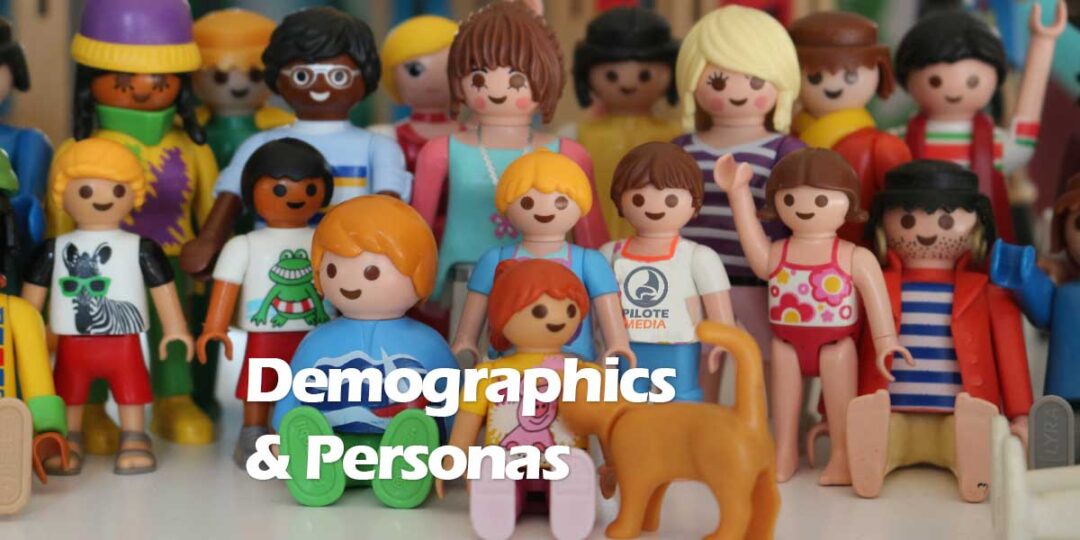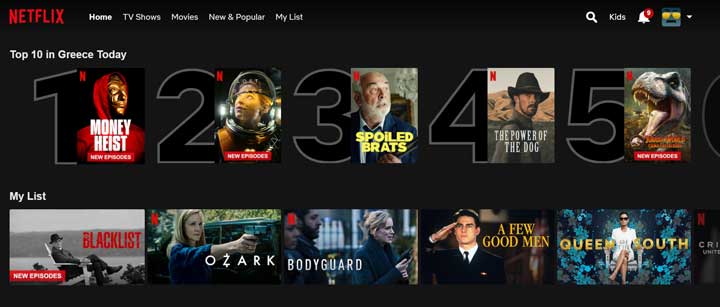This article was prompted by a post on Linkedin that compared Prince Charles to Ozzy Osbourne. Both male, born in 1948, raised in the UK, married twice, live in a castle, wealthy and famous.
The contention of the meme-like image has two parts that are not mutually exclusive. “(1) Personas shouldn’t be about demographics, (2) but rather consider the problems & challenges that people face.” It’s a catchy, but limited argument built on what we assume to know about the two named individuals.
Let’s look at part 2 first. It is a very SaaS product manager / VC kind of way of thinking of the world – that there is a problem that has to be solved. Someone who wants to go on holiday is not looking to ‘solve a problem’. A more open way of looking at it is – what value or utility are you providing? But you still need demographic data to make good decisions.
The first part of the statement is also flawed for a number of reasons and gaps in logic.
The meme works for some because it focusses on the perceived differences within a single persona and a certain amount of cognitive bias. The argument is that personas don’t need demographic information in order to be useful, however without the demographic data, the persona is useless. If you change the demographic data, you have a different persona.
If we are using the persona for messaging purposes and we take away the age of the individuals in the example, then talking to a wealthy, famous teenager who lives in a castle would require very different communication to someone who is over 70.
If you take away the location data, then you don’t know if you should be messaging in English or German (some great castles in Germany).
If you change the gender of one of the individuals then the utility you are providing might also change in a big way.
Personas Without Demographics?
It is possible to build a persona based on behaviour and interests rather than demographics? In fact, the assumed differences between Prince Charles and Ozzy Osbourne are based on what they do, not on their shared characteristics.
Netflix has said that they don’t use demographics. In the past, assumptions were made about people’s viewing habits based on demographics – young women watch romantic comedies and young men watch action films. Data from new platforms has shown that the consumption of TV and film content is not linked to age, gender or location.
But that said, Netflix is using demographic information, specifically location to promote content. Which suggests that they have data that it has an impact – maybe. Or maybe there is an inbuilt assumption that people in a certain place will all like the same thing.
Some marketing people say that personas should be based on interests, but this can have the same issues as using demographics. Just as not all 19 year old women are the same, not all fans of a certain football team are the same.
The other way to build personas is based on behaviour. People’s interests can be aspirational – just because I like superyachts doesn’t mean I can afford one. Even though I say I will pay more for sustainable products, I actually only buy the things I have always bought on-sale.
A Persona of One
A Persona is a mechanic or tool that is on the continuum from broadcast to personalisation. Using personas with demographics delivers more relevant messaging than using something as broad as country IP address – which seems to be what most marketing people still do.
But personas exist because we still haven’t really worked out how to do personalisation at scale and it’s easier to create 10 campaign variations than 1000 or 100,000.
Ecommerce marketing people are better than most. I can exist in a cohort or persona for a moment in time and I can exist in different personas at the same time. I can move between personas based on my demographic information and my behaviour. My needs might change once I have purchased the product. I might get an SMS at a certain time based on the weather in my location. Personas in this case are determined by algorithms that determine which messaging I get based on the known data. BUT you still need my demographic data.
So let’s modify the original statement…
(1) Personas should be about (a)demographics, and (b)interests and (b)behaviour (2) so that they can be used to consider the problems & challenges that people described by that persona face.”





